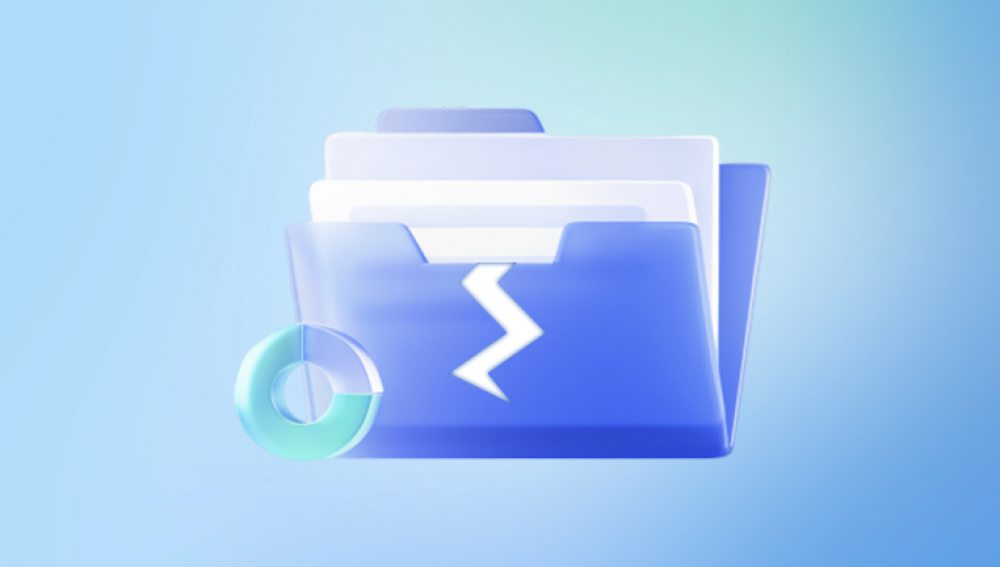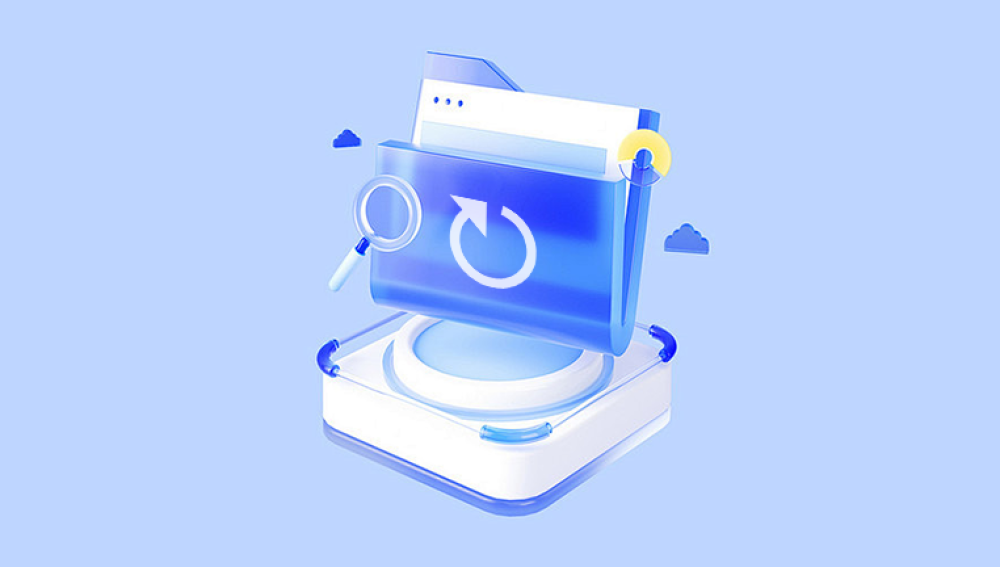Videos are more than just moving pictures. They’re memories, stories, and evidence sometimes irreplaceable. Whether it’s a family holiday recorded on your smartphone, wedding footage captured by a professional camera, drone videos from a once-in-a-lifetime trip, or surveillance footage needed for legal reasons, losing a video to corruption can feel devastating.
Unfortunately, video damage happens more often than many people realize. A file that was playing perfectly yesterday may suddenly refuse to open today. Other times, the video plays but has missing sections, distorted colors, broken audio, or freezes mid-way. While some damaged files are beyond repair, many can be fixed with the right tools and techniques.
A video file isn’t just one big chunk of data it has a specific structure that media players use to decode and display the content. A typical video file includes:

Container format (e.g., MP4. MOV, AVI, MKV) which bundles the video and audio streams together.
Header information, telling the player what codecs to use, resolution, frame rate, and file length.
Video and audio streams, containing the actual content.
Index or metadata, which allows quick seeking and correct synchronization.
Damage occurs when one or more of these components becomes unreadable, missing, or corrupted. This could be caused by partial recording, interrupted file saving, file system errors, physical storage damage, or even malware.
Common Causes of Damaged Video Files
Interrupted Recording
Camera battery dies before the file finalizes.
Device crashes during recording.
Memory card is removed while recording.
Improper Transfer
Unplugging USB or SD card without safely ejecting.
Network drop during upload/download.
File System Errors
Corruption in storage media (SD card, hard drive).
Power failure during file saving.
Hardware Issues
Bad sectors on a drive.
Overheating cameras or storage devices.
Software Bugs
Recording app crashes.
Video editing program fails during export.
Malware or Viruses
Malicious programs altering or encrypting files.
Initial Checks Before Repair
Before using advanced tools, try these quick checks:
Test on another player — VLC, PotPlayer, or MPC-HC may play files that Windows Media Player cannot.
Try on another device — Some devices have better codec support.
Update codecs — Install a codec pack like K-Lite Codec Pack.
Check for backups — Cloud services, auto-sync folders, or previous file versions may have a clean copy.
If none of these work, move on to actual repair methods.
Method 1: Repair with VLC Media Player
VLC is more than just a versatile media player — it includes repair functions for certain file types.
Steps:
Open VLC.
Go to Tools > Preferences.
Select All in the bottom left under “Show Settings”.
Navigate to Input/Codecs.
Find “Damaged or incomplete AVI file” and set it to Always Fix.
Try playing the file.
Tip: For MP4 or MOV files, you can sometimes change the file extension to .avi and then attempt VLC’s repair.
Method 2: Use Dedicated Video Repair Software
Specialized repair programs dig deeper into file structures than free players can.
Popular choices include:
Stellar Repair for Video
Wondershare Repairit
Remo Repair MOV/AVI
Recoverit Video Repair
Digital Video Repair
General Process:
Open the software and load the damaged file.
If prompted, add a sample file recorded on the same device with the same settings.
Start the repair process.
Preview the repaired file.
Save the output to a different location.
Advantages:
Can repair headers, metadata, and stream alignment.
Handles multiple formats (MP4. MOV, AVI, MKV, etc.).
Often supports high-resolution 4K/8K content.
Method 3: Repair with FFmpeg
FFmpeg is a free, command-line tool for manipulating audio and video. It can sometimes salvage playable parts of a damaged file.
Example command to copy streams:
csharp
CopyEdit
ffmpeg -i damaged.mp4 -c copy fixed.mp4
If errors occur, ignore them and continue processing:
css
CopyEdit
ffmpeg -err_detect ignore_err -i damaged.mp4 -c copy recovered.mp4
Pros:
Free and powerful.
Works on many platforms (Windows, macOS, Linux).
Cons:
Requires some command-line familiarity.
Method 4: Recover from Temporary or Auto-Saved Files
If the damage happened during editing, check for auto-saved projects or temporary export files.
Adobe Premiere Pro: Check the “Auto-Save” folder.
DaVinci Resolve: Look for Project Backups.
Final Cut Pro: May store backups in the Movies folder.
Method 5: Restore from Backup or Cloud
Many people forget that their devices may automatically back up videos.
Google Photos, iCloud, Dropbox, OneDrive — search for your video there.
For Windows: Right-click the file/folder > Properties > Previous Versions.
For macOS: Use Time Machine to restore.
Method 6: Recover from Damaged Storage Media
If the damage comes from a faulty SD card or hard drive, retrieve the data first before attempting file repair.
Tools for recovery:
Panda Repair
Panda Repair is a specialized video restoration tool designed to repair damaged, corrupted, or unplayable video files with precision and efficiency. Whether your footage was recorded on a smartphone, professional camera, drone, dash cam, or security system, Panda Repair can help restore it to a playable state.
Video damage often occurs due to interrupted recording, power loss, faulty storage devices, file transfer errors, or unexpected software crashes. These issues can result in broken headers, missing metadata, audio/video sync problems, or partial file corruption. Panda Repair addresses these problems by scanning the damaged file, identifying structural issues, and reconstructing the missing or broken components.
Using Panda Repair is straightforward:
Launch the software and load your damaged video file.
Add an optional sample file recorded with the same device and settings to guide the repair process.
Start the repair scan, allowing Panda Repair to rebuild file structure and restore missing data.
Preview the repaired video to verify quality before saving.
Save the repaired file to your chosen location.
Panda Repair supports popular formats such as MP4. MOV, AVI, and MKV, as well as high-resolution 4K and 8K content. It can process multiple videos at once, making it ideal for large recovery projects. The software operates on file copies, ensuring your original videos remain untouched and safe.
With its intuitive interface and powerful repair algorithms, Panda Repair is suitable for both casual users and professionals who need reliable results quickly. When valuable footage is damaged and traditional players or editors fail, Panda Repair offers a practical, user-friendly solution to bring your videos back to life.
Steps:
Connect the damaged media to your computer.
Run the recovery software.
Recover the damaged file.
Attempt repair using VLC, FFmpeg, or dedicated repair software.
Method 7: Hex Editor Manual Repair (Advanced)
A hex editor lets you manipulate raw binary data in the file. This is only for advanced users.
Possible actions:
Copy a working file’s header into the damaged file.
Manually adjust metadata pointers.
Remove corrupted sections that break playback.
You must understand the container format (e.g., MP4 atoms or AVI chunks) to succeed.
Method 8: Contact a Professional Recovery Service
When files are severely damaged or stored on failing hardware, professional recovery may be the only option.
Pros:
Access to hardware-level recovery tools.
Can handle severe corruption and partial overwrites.
Cons:
Expensive.
May take days or weeks.
Preventing Future Video Damage
The best repair is prevention.
Tips:
Use high-quality storage media — Reputable brands and correct speed class for your device.
Keep backups — Store copies locally and in the cloud.
Safely eject devices — Always unmount before removing.
Avoid battery drain — Keep devices charged during recording.
Update firmware/software — Bug fixes improve file handling.
Avoid overheating — Give cameras rest during long shoots.
Do not fill storage to 100% — Leave 10–15% free space.
Special Cases by Format
MP4
Common in smartphones and cameras.
Missing moov atom can prevent playback — tools like Untrunc can rebuild it.
MOV
Apple’s QuickTime format.
Sensitive to interrupted recording — Remo Repair MOV is a good option.
AVI
Older format, still widely used.
VLC’s built-in repair works well.
MKV
Robust, but when damaged, MKVToolNix can rebuild indexes.
Final Thoughts
Fixing damaged video files often feels like detective work — you start with the simplest checks, move through increasingly advanced tools, and sometimes rely on professionals. The key principles are:
Always work on a copy of the damaged file.
Start with non-destructive methods.
Have backups ready for next time.
With patience and the right approach, there’s a strong chance you can bring your damaged video back to life — preserving the memories, work, or evidence it holds.




